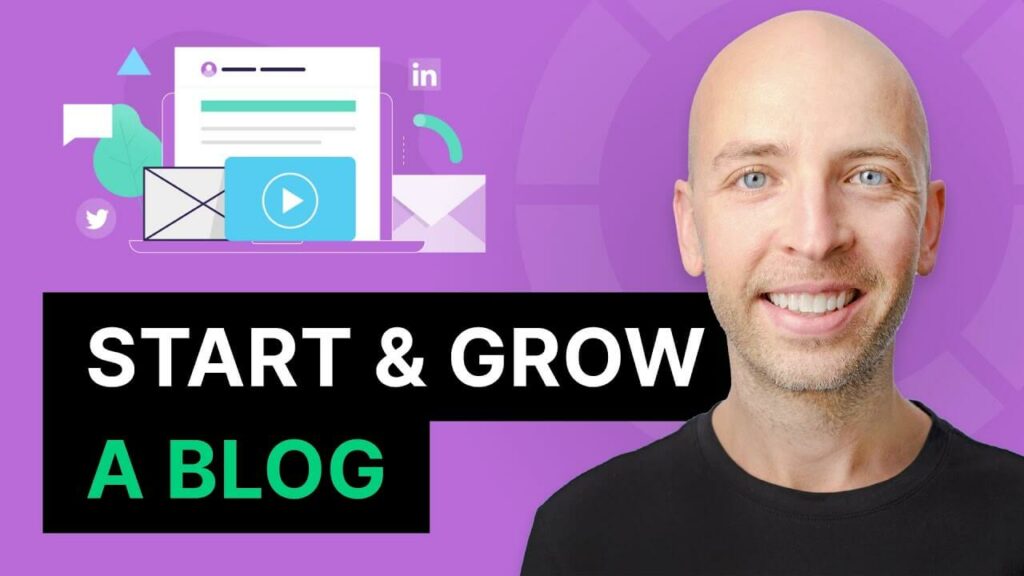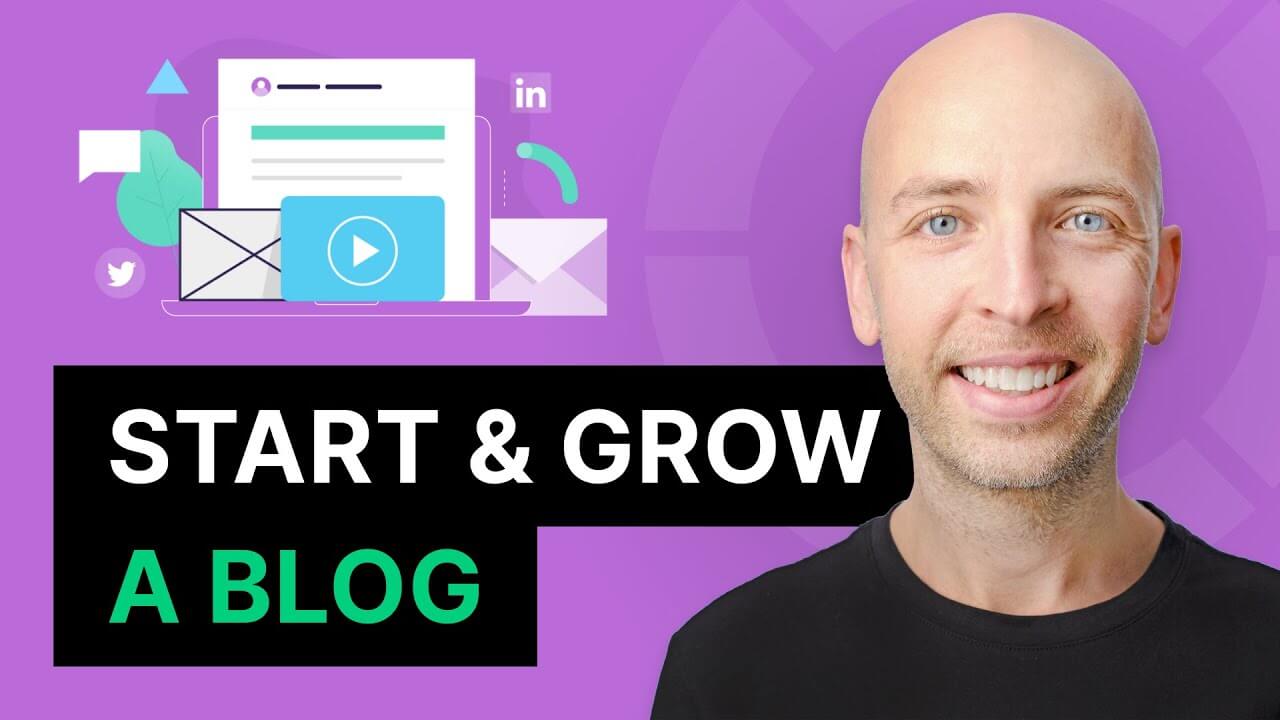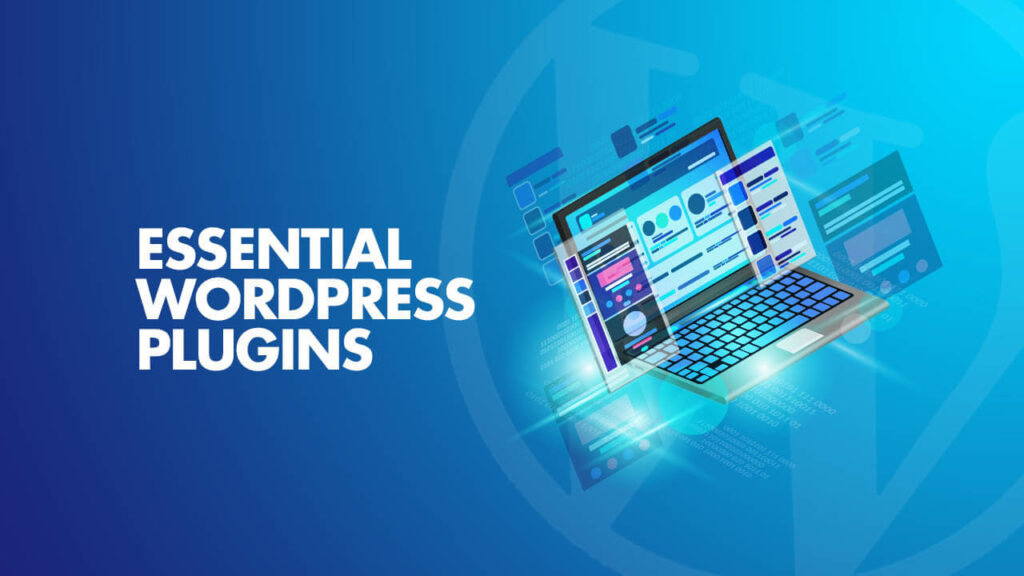The Ultimate Guide to Starting and Growing a Blog


Are you looking to start a blog for your small business or personal brand, but feel overwhelmed by the process? Don’t worry, you’re not alone. With this ultimate guide to starting and growing a blog, we’ll walk you through every step of the way, from setting up your website to creating engaging content that will keep readers coming back for more.
The first step in starting a blog is selecting the right blogging platform
There are several options to choose from, but the most popular ones are WordPress, Blogger, and Medium. Each platform has its pros and cons, but WordPress stands out for its flexibility, user-friendly interface, and extensive range of themes and plugins.
Selecting a Domain Name and Hosting Provider
Your domain name is your blog’s unique address on the web. Choose a domain that is memorable, easy to spell, and reflective of your blog’s niche or topic. Use a reputable domain registrar to purchase and manage your domain.
Next, select a reliable hosting provider that offers excellent customer support, fast loading times, and affordable pricing. Some popular options include Bluehost, SiteGround, and HostGator.
Designing and Customizing Your Blog
Once your blog is set up, it’s time to make it visually appealing and user-friendly. Choose a responsive theme that looks great on all devices and customize it to match your brand’s colors and style. Remember to focus on user experience, ensuring that your site is easy to navigate and loads quickly.
Content Strategy: Crafting Compelling and Engaging Posts
Content is the heart and soul of your blog. To keep readers engaged and coming back for more, plan your content strategy around the needs and interests of your target audience. Research your niche and use tools like Google Trends and BuzzSumo to discover popular topics.
Create a content calendar to plan your blog posts in advance, focusing on providing value to your readers with a mix of evergreen content and timely, relevant updates. Use attention-grabbing headlines and break your content into readable sections with subheadings, bullet points, and images.
SEO Best Practices: Ranking Your Blog in Search Engines
Optimize your blog for search engines by implementing SEO best practices. These include:
- Conducting keyword research: Use tools like Google Keyword Planner and Ubersuggest to find long-tail keywords relevant to your niche.
- On-page optimization: Include your target keywords in your title tags, meta descriptions, headings, and content. Use internal and external links to improve your site’s authority.
- Image optimization: Use descriptive file names and alt tags for your images, and compress them for faster loading times.
- Mobile-friendliness: Ensure your site is responsive and performs well on mobile devices.
- Site speed: Optimize your website for faster load times by using a caching plugin, compressing images, and minimizing scripts.
Promoting Your Blog and Building an Audience
Promote your blog on social media platforms, relevant forums, and online communities. Collaborate with other bloggers and influencers in your niche, and offer guest posts or interviews. Build an email list and send regular newsletters to your subscribers, keeping them informed about your latest blog posts and any promotions or events. Engage with your audience by responding to comments and messages, and encourage them to share your content with their networks.
Monetizing Your Blog: Turning Your Passion into Profit
Once you’ve built a loyal audience and have consistent traffic, it’s time to monetize your blog. There are several ways to generate income from your blog, including:
- Affiliate marketing: Promote products and services relevant to your niche, and earn a commission for each sale made through your unique affiliate link.
- Sponsored content: Partner with brands to create sponsored blog posts, social media posts, or reviews, in exchange for payment or free products/services.
- Display advertising: Use ad networks like Google AdSense to display relevant ads on your blog, and earn revenue based on impressions and clicks.
- Selling digital products: Create and sell digital products, such as e-books, online courses, or printable resources, related to your niche.
- Offering consulting or coaching services: If you have expertise in your niche, offer your services as a consultant or coach to help others achieve their goals.
Conclusion
Starting and growing a blog can seem like a daunting task, but with this ultimate guide, you now have the tools and knowledge to create a successful and profitable blogging venture. By choosing the right platform, optimizing your blog for search engines, and consistently producing high-quality, engaging content, you’ll attract a loyal audience and establish yourself as an authority in your niche. Don’t forget to promote your blog, engage with your readers, and explore monetization options to turn your passion into profit. Happy blogging!






Responses